By Blaine Taylor
On March 23, 1919, but four months after the armistice that ended the Great War—100 young toughs, ex-Italian Army war veterans, former socialist politicians, and newspapermen met in Milan’s Piazza San Sepolchro in industrial northern Italy to form a new political party. By the fall of 1922, the Fascists numbered over 300,000 members.
Dissatisfied with the territorial gains gleaned from Liberal Italy’s participation in the war on the Allied side during 1915-1918, these angry young men, typified by 39-year-old Benito Mussolini, formed the Fasci di Combattimento, which their leader [Il Duce] himself defined as “The Bundles of Battle.” He was referring to the ancient Roman Imperial symbol of an axe surrounded by rods bound together, as their past and present symbol of authority and power.
Audacious Men
Mussolini had served in World War I as a combat-wounded Bersaglieri, a member of one of Italy’s most elite formations. Other members of the new Fascist Party included the Alpini, mountain troops, and also the more renowned Arditi, assault soldiers, who mimicked the famed German storm troopers of 1918.
The Italian versions of these shock troops, however, were far more colorful than their German cousins, reportedly going into battle armed with daggers in their clenched teeth and grenades in both hands on the very heels of artillery barrages, so as to take the unsuspecting Austro-Hungarian enemy by total surprise. More than half of the Arditi’s members were tough peasant boys, while the very meaning of the word Ardito was “audacious man.”
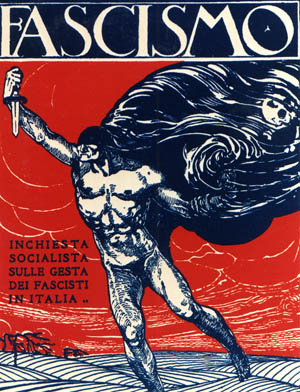
Formed in June 1917 as special forces, they ran on campaign rather than marched, and one of their commanding officers asserted, “You are the first, the best … the future owners of Italy … the new Italian generation, fearless and brilliant. You will prepare the great future of Italy! The smile of the beautiful Italian woman is your reward!”
This was pretty heady stuff for the young soldiers of that era. The Arditi wore the fearsome skull and crossbones on their caps, gave stiff-armed Roman salutes with unsheathed daggers, and chanted, “To us!” Not only did Mussolini, then the editor of the fiery newspaper Il Popolo d’Italia (The People of Italy), adopt all of these martial trappings for his new Fascists, but 25 Arditi soldiers guarded his offices in Milan, and four times they burned down those of the rival Socialist paper Avanti! (Advance!).
Fearing these very soldiers, traditional, Liberal Italy had disbanded the Arditi in December 1918, within a month of the end of the war, but Mussolini promptly reorganized them into Fascist squads, roving bands of men wearing black shirts and trousers and red fez caps, who terrorized their political opponents all over Italy with physical violence.
Avenging Italy’s “Mutilated Victory”
They shared the anguish of what poet, war pilot, and political activist Gabriele D’Annunzio defined as Liberal Italy’s “mutilated victory” in World War I that denied it the fruits of victory. One of these was the Adriatic seaport city of Fiume in the new state of Yugoslavia, which all Italians felt should rightly become the spoils of victorious Italy.
On September 12, 1919, D’Annunzio led a small force of former Arditi in a swift occupation of Fiume in opposition to the Italian government of King Victor Emmanuel III, who had been on the throne since the assassination of his father in 1900.
Secretly, both the king and the regular Italian Army favored the occupation, but it also put them in direct confrontation with their fellow Allied victors of World War I—France, Great Britain, and the United States. “Where an Arditi is,” the occupiers boasted, “there is a flag. No enemy shall pass. The Arditi are the real vanguard of the nation,” they proclaimed.
Nevertheless, it was imperative that the king, who at 5 feet, 3 inches in height, was nicknamed contemptuously as “Little Sword,” reassert his authority, as among both the ranks of the Arditi and the other Fascists were many republicans who wanted nothing better than to see the antiquated, 900-year-old ruling House of Savoy swept aside as it finally was by a popular vote after World War II. The king’s most ardent supporters were the royalist officers of the Italian Army, but even many of these had Fascist sympathies.
Benito Mussolini: From Socialist to Fascist
Initially, ex-Socialist Mussolini had been one of these fiery republicans, asserting, “The king is nothing more than a useless citizen,” and in 1912 he even made the antinationalist proclamation, “The Italian flag is fit only for a dung heap!” He had also opposed Liberal Italy’s imperialist war of aggression in Libya against the Turks in 1911 that witnessed the first usage of aircraft in modern warfare.
What caused Mussolini’s politics to veer from far left to hard right was the coming of World War I in 1914, when Italy balked at joining its first set of allies, the Central Powers of Germany and Austria-Hungary, and chose neutrality instead.
This was also the position of Socialist Mussolini, who was then editor of Avanti! His later critics charged that it was French gold received in bribes that led Mussolini to come out in 1915 for Italian intervention in the war on the Allied side instead. Enraged, the Socialists expelled Mussolini from their party, and Bersaglieri Corporal Mussolini was wounded at the front when a mortar exploded. Notably, he was twice visited in the hospital by the king and was feted as a political celebrity among both enlisted men and their officers. He thus arrived on the national scene as a war veteran.
Lessons From the Fiume Occupation
During D’Annunzio’s Fiume occupation, he and the Duce, who united all Fascists around his person under the spell of his fiery oratory and inflammatory newspaper editorials, several times discussed the possibility of a joint march on Rome to seize political power by simply taking the capital by force and kicking out the longtime Liberal Party cabinet. The main question was: What would the king, the Army, and the Carabinieri (military police) do?
Mussolini had other pressing concerns as well. First, he feared that D’Annunzio would march without him and thus upstage him a second time, as he had done earlier at Fiume. He also worried that his younger Fascist lieutenant, the red-haired “Iron Beard” Italo Balbo, would likely move on his own.
Then came the thunderclap of Bloody Christmas Eve, December 24, 1920, as the king ordered the Italian Army and Navy to crush the Arditi forces in Fiume. By January 5, 1921, D’Annunzio’s occupation was over. This disaster marked the end of the Arditi’s support for the colorful poet soldier and the massive start of their real swing toward Mussolini and his Fascists.
Mussolini, a quiet, thoughtful, shrewd political planner as well as a revolutionary, drew several conclusions from the Fiume debacle: The police would often overlook Fascist depredations in favor of attacking their traditional leftist enemies the Socialists. The police would also fire on opponents of the monarchy. More importantly, the Duce observed, so would the military. Therefore, he realized he had to win over the king, the police, and the armed forces by a clever mix of both public bluster and behind-the-scenes, old-fashioned political maneuvering to attain appointed or elective office by legal means.
“To Rome! To Rome!”
In the national election of May 1921, the Duce himself was elected to the Chamber of Deputies in Rome to occupy one of 35 Fascist Party seats. Although he rarely attended its sessions because he held the chamber in contempt, Deputy Mussolini nevertheless appreciated the accompanying free railway ticket on the state railroad system, which he later reformed and also that he was held legally immune from prosecution while in office.
In 1921, his party posted at the middle of the list of deputies. Ahead of the Fascists were 159 Liberal Democrats, 146 Socialists, and 104 Popular Party members; while behind it were 26 Agrarians, 11 Communists, 10 Republicans, and 12 members of German-Italian and Slavic-Italian splinter groups. Clearly, in order to be appointed to office as prime minister—Mussolini’s initial goal—the Duce’s fourth-place Fascist Party would have to enter government in a coalition cabinet with other parliamentary parties and their leaders.
But Mussolini also faced a problem unique to him. His party was the only one that had organized and sometimes even armed groups of violent adventurers dedicated to wreaking murder and mayhem across the land in order to seize power. His biggest fear, again, was that his plans for gradual success would be overtaken by both the activities of these groups and other events and that he would be forced to take Rome. That is exactly what happened.
Later, he said that his basic decision to launch a Fascist “March on Rome” was made by him alone on October 12, 1922, after a stormy rally at Cremona on September 24, at which his massed supporters chanted, “To Rome! To Rome!” He made this known to his subordinates at a party summit of the Milan Fascios on October 16, and he developed a five-part plan to execute the march at Florence on the 21st.
The formal Fascist Militia, incorporating all the various Arditi bands and squads, emerged on the 24th during a massive rally at Naples. In a national proclamation on the 27th that began with, “This is the situation,” Mussolini ended with the declaration, “Fascism wants power, and will have it!”
He also claimed to have appointed the four Quadrumviri leaders of the march, headquartered at Perugia’s Brufani Palace and that would begin in towns and villages and then converge on Rome in several mobile columns. These four men were General Emilio de Bono, 58, former commander of the regular Army’s IX Corps, his chief military adviser who opposed the march, asserting that it would take six months to plan and execute; Deputy Cesare Maria De Vecchi, who was used as an emissary with the king; Party General Secretary Michele Bianchi, the man closest to the Duce; and the rebellious Balbo, 25, who wanted to wrest the national leadership from the elder Mussolini.
The Weapons of Mussolini’s Army
To arm their ragtag army of 26,000 Fascist Arditi, illicit stores of arms and ammunition were received secretly from sympathetic police stations and some Army barracks, while armories and even museums were raided for antique firearms. The overall array of weaponry included shotguns, muskets, powder-loaded pistols, golf clubs, scythes, garden hoes, tree roots, table legs, dynamite sticks, dried salt codfish, and even an ox’s jawbone!
Horses, carts, trucks, wagons, bicycles, and even a race car with a machine gun mounted on it were employed for transport, along with the more mobile trains, while many more moved toward the capital on foot.
Aside from King Victor Emmanuel, 55, Mussolini had to out-bluff the country’s Liberal Party leader, Premier Luigi Facta, 63, who wanted to crush the brewing rebellion with force. So did the chief of staff of the Army, General Pietro Badoglio, 47, and also General Emanuele Pugliese, commander of the well-armed and loyal garrison of Rome, which had machine guns, armored cars, and artillery.
The nervous, jittery Duce feared, too, that if he managed to have Facta fired by the king, his majesty might reappoint the 80-year-old former Prime Minister Giovanni Gioliitti, a hardline anti-Fascist, to office.
“The Army Will do its Duty”
The king, who had appointed a succession of 20 prime ministers thus far during a 22-year reign and attempted to work with six governments in the past three years, was not so sure. His minister of war, World War I hero General Armando Diaz, who was pro-Fascist, told him, “The Army will do its duty, but it would be better not to put it to the test.”
Meanwhile, troops and barbed wire surrounded the king’s own 16th-century Quirinale Palace above Rome, where 200 cavalry on white horses paraded alongside turreted armored cars with candy-striped towers. Rome’s seven hills, 15 gates, and 17 bridges over the river Tiber were all patrolled as well.
His Majesty was a shy, timid man mainly interested in saving his throne and his dynasty from civil war and from his rival cousin Amadeo, the Duke of Aosta, 53, who was known to be flirting with the Fascists to be named regent. Victor Emmanuel III threatened to abdicate as the German kaiser and Russian czar both had done during 1917-1918. He believed that the Italian middle class would accept Mussolini and his Fascists as the lesser of all evils, and he was right.
General Pugliese, meanwhile, demanded that martial law be declared, and Premier Facta, president of the Royal Council, induced the king to promise a state-of-siege order at 9 pm on the 27th, only to have the king refuse to sign it the next day. Facta resigned, and then began the hasty political negotiations of a host of former Italian premiers to return to office, all of them desiring the Fascist Party Duce as their number two man, vice premier. He balked.
Mussolini had remained calm in Milan the previous few days, working in his office, driving in the countryside, and being seen at the theater on two nights running, as if nothing was happening. However, he kept a getaway car waiting to take him to safety in nearby Switzerland if things went awry. His office telephone was tapped by the police.
An Embellished Coup
The celebrated March on Rome was duly launched at dawn in pouring rain, and in temperatures of nine degrees above zero Fahrenheit, on October 28, 1922. When he learned that the king had refused to order martial law that same day, Mussolini knew that he had won, even though a reported seven Blackshirts had been shot down by Army troops at Cremona. In all, a dozen people died, but after the march the Fascists inflated that death toll to a whopping and false 3,000 to make their “struggle” appear all the more heroic.
Mussolini’s own Milan newspaper office was barricaded with huge rolls of newsprint paper and barbed wire and guarded by a curious mix of Fascists, police, and Army troops. His second-floor offices featured hand grenades in desk trays, and the flustered Duce himself was seen brandishing a rifle. Melodramatically, he wrote in his 1928 autobiography, “There was a rapid exchange of shots … I had my rifle loaded and went down to defend the doors…. Bullets whistled around my ears.”
In fact, the Milan police chief refused to arrest him, and the mayor and commander of the Royal Guard jointly asked for a truce, thus withdrawing their men a further 200 yards away. The immediate crisis thus passed.
Even as the new Fascist Militia, organized in Imperial Roman cohorts and legions with consuls and zone commanders, began marching, they were soon seizing telephone switchboards, telegraph offices, waterworks, post offices, and other government buildings all over Italy.
Mussolini Seizes Power
The now confident Mussolini refused three phone calls from the palace to come to Rome to form a new coalition government cabinet, with him in the top spot as Italy’s youngest ever premier. He demanded that the king’s military aide, General Arturo Cittadini, send a telegram dictated by him, so that he would have the official request in writing. Like the king, the cautious Duce also had fears, mainly of being arrested and shot as a rebel in Rome.
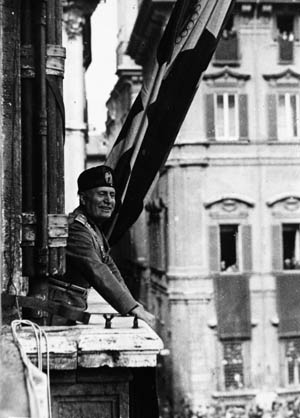
Victor Emmanuel offered to send a special train for him, but Mussolini and five aides took the regular Milan-Rome night sleeper express on October 29-30. Thus, his personal “March on Rome” consisted of a single 14-hour train ride in a railway carriage. He arrived in Rome and moved into a suite at the Savoy Hotel. He had almost flown in an aircraft and had even thought about disembarking from the train outside the city so that he could enter on horseback. He decided against entering the city mounted so as not to look overly ridiculous.
Mussolini saw the king at 11:45 am in the Quirinale Palace reception room and became Liberal Italy’s 60th premier since 1870. It was later alleged that he boomed out in greeting, “Your Majesty, I bring you the Italy of Vittorio Veneto,” an Italian World War I victory, but claimed himself that he actually said, “Your Majesty will forgive my attire. I have come from the battlefield,” which he had not. The king found him “a man of purpose,” and the Duce said that the new duo went forward “from that day onward” as the team that dominated now Fascist-Savoyard Italy for the next 23 years.
Initially, Mussolini took appointed office not only as premier but also as foreign minister and interior minister, and in the latter post appointed General De Bono as his new chief of police, with Balbo heading the Fascist Militia. He had Premier Facta escorted out of office by an 11-man Fascist honor guard because he had lost a son in the war.
Il Duce’s first cabinet meeting was held in his second-floor suite at the Savoy, a long way from his cheap apartment at 38 Foro Bonaparte, where he had left his family back in Milan.
As he had told his brother Arnaldo, “If only our father were alive!” His wife Rachele, upon hearing the news, exclaimed, “What a character!”
“I Forgave Him—and Took the Truncheon”
The next day, October 31, 1922, the marching Fascist columns finally arrived in Rome. On November 1, Mussolini had them march out again to the train station, so that they could all return home.
The withdrawing Fascist columns marched with palm leaves fluttering ahead past the Quirinale Palace in a five-hour parade that day, as the king, his new premier, and General Diaz reviewed it from the royal balcony. The king declared, “Mussolini has saved the nation. The House of Savoy must be grateful.”
The Roman population agreed. The lire fell in value, but the stock market improved. The Eternal City was swept by a holiday mood, with flag-armed crowds demonstrating their approval in front of the Quirinale and all florist shops quickly selling out their wares. Martial law was not declared, and Fascism was seen by most as the last resort to the feared alternative of anarchy and Red revolution, although there was, indeed, no such latter threat at all.
Benito Mussolini, the blacksmith’s son from the village of Forli, had been brought to office by the successive failure of several Liberal governments, a general apathy to politics, and the fear of high taxes and social reform on the part of the landed gentry that financed the Fascist Party.
The new first lady of Fascist Italy later told a story about an early visitor to her now famous husband: a Carabinieri sergeant who had brought a truncheon. He wanted to beg the Duce’s forgiveness for having arrested him during a demonstration in Forli and to offer him the truncheon he had whacked him with.
“I forgave him—and took the truncheon,” Mussolini had said, ”philosophically.”
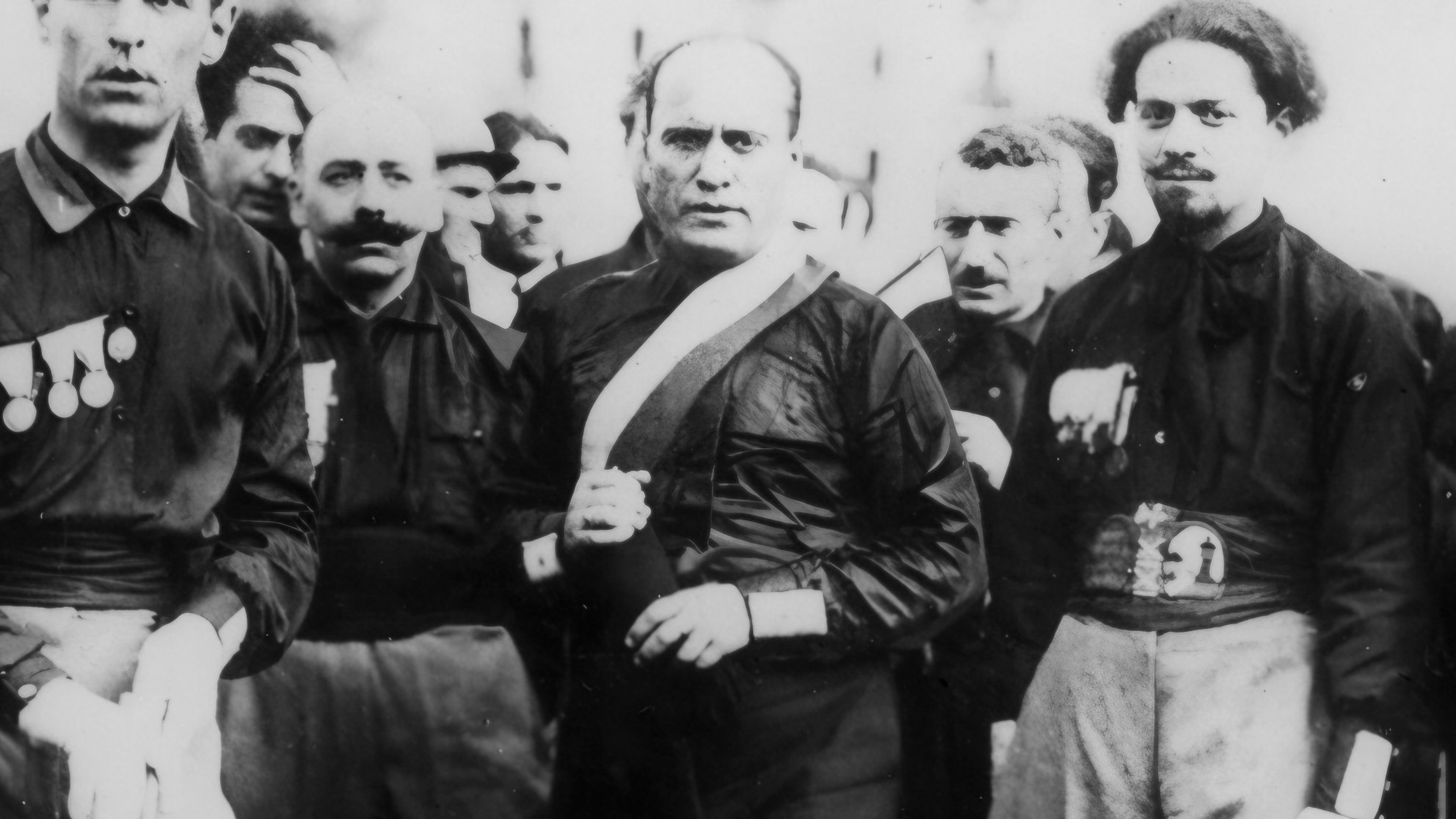
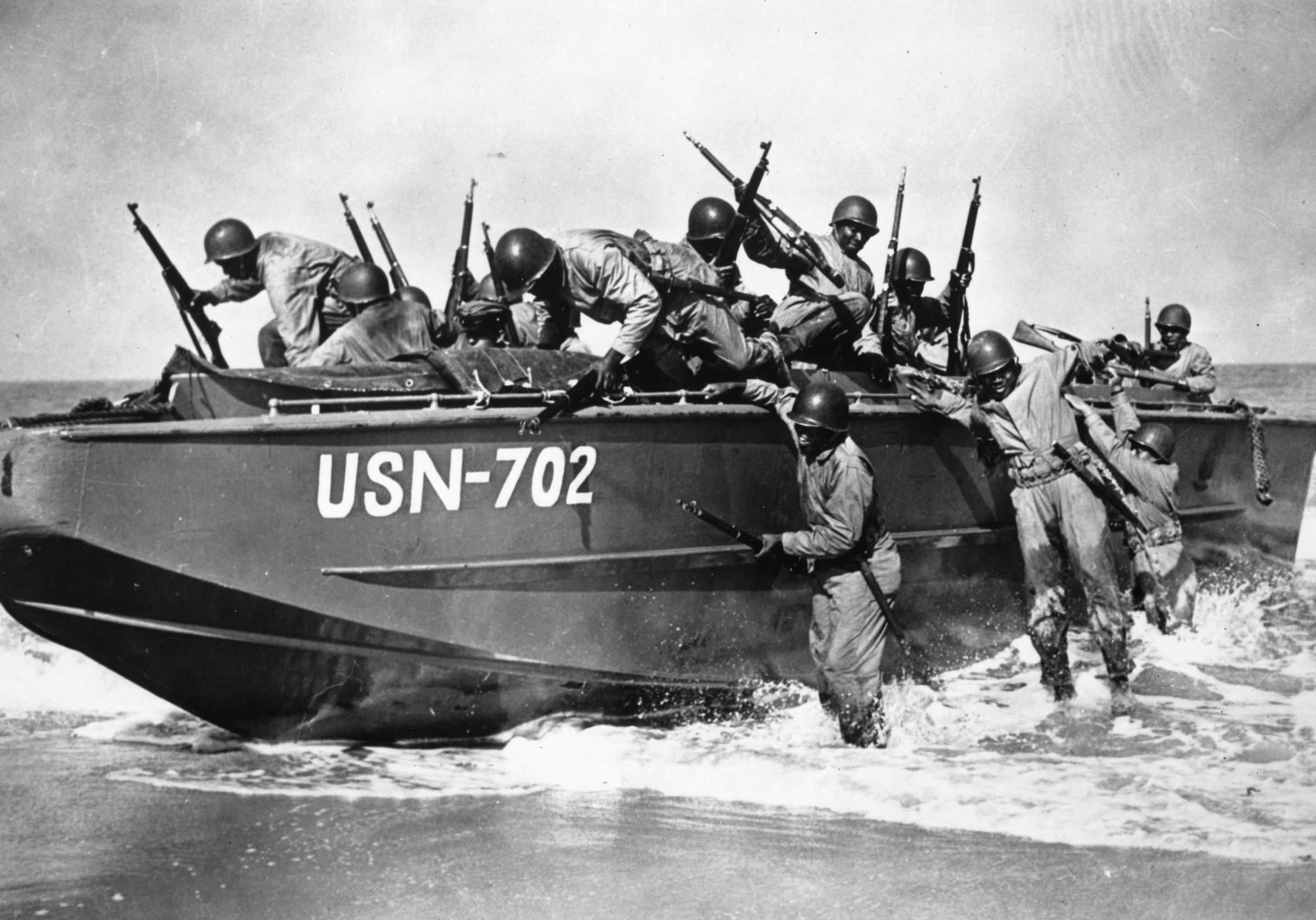
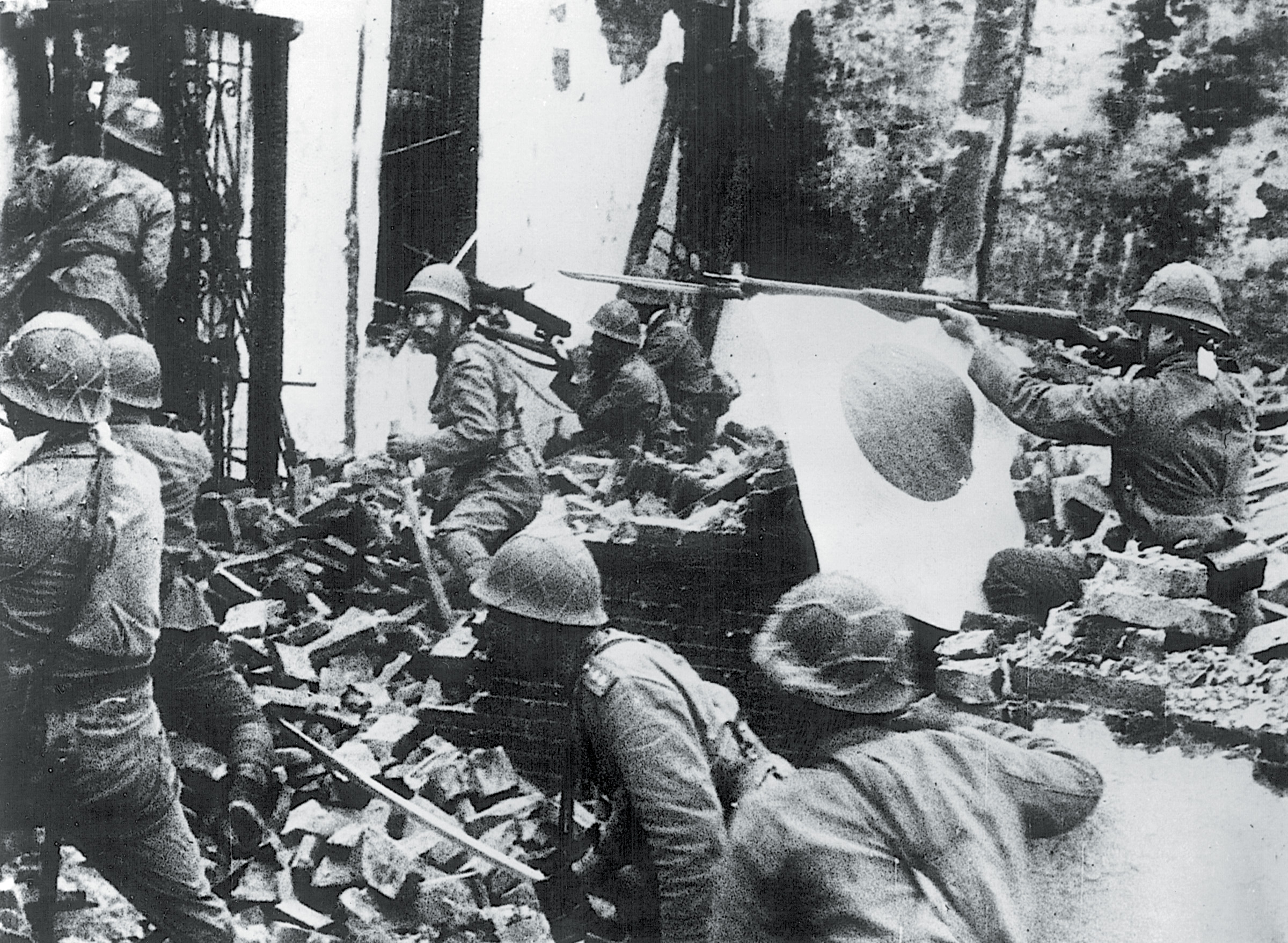
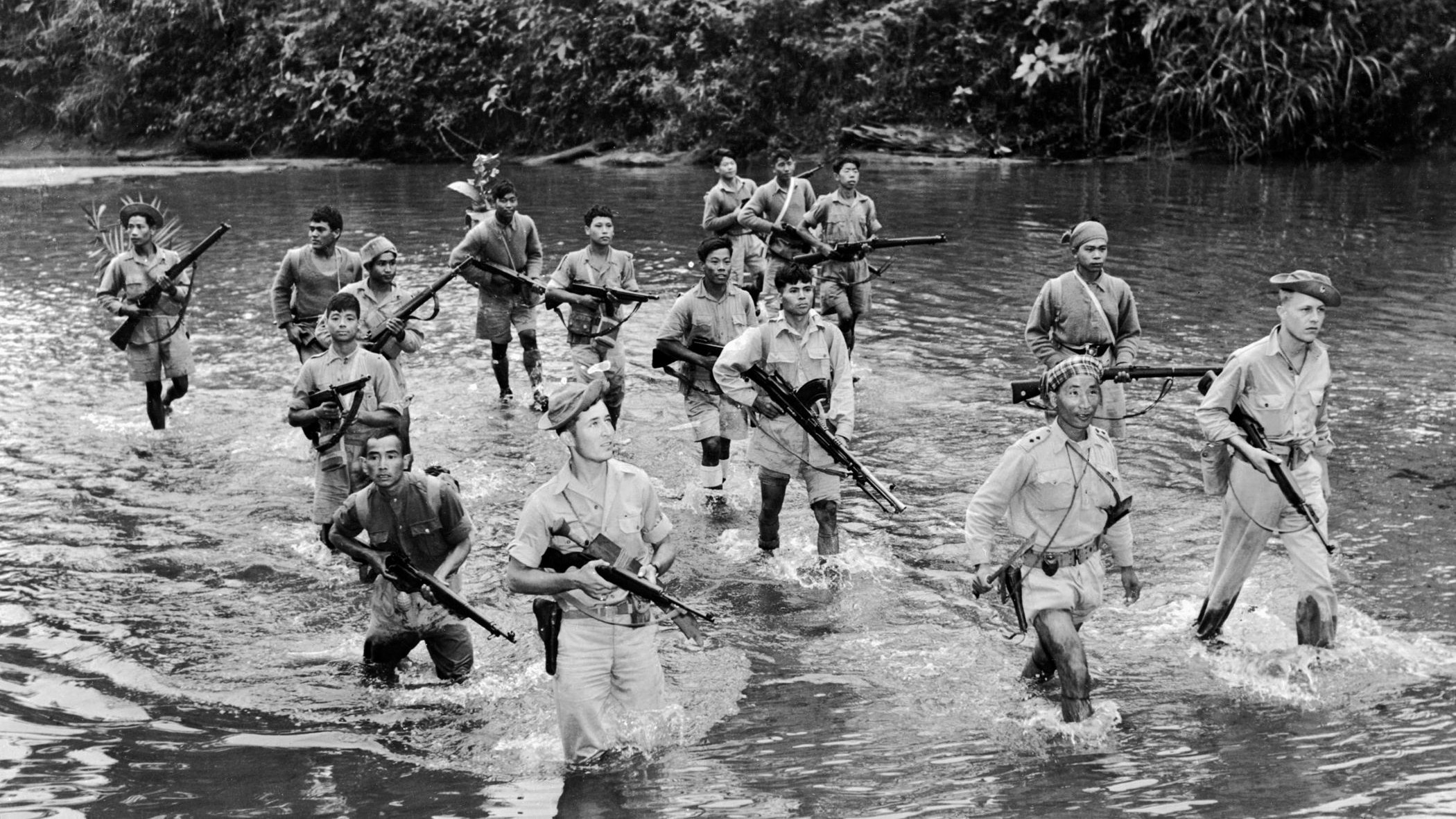
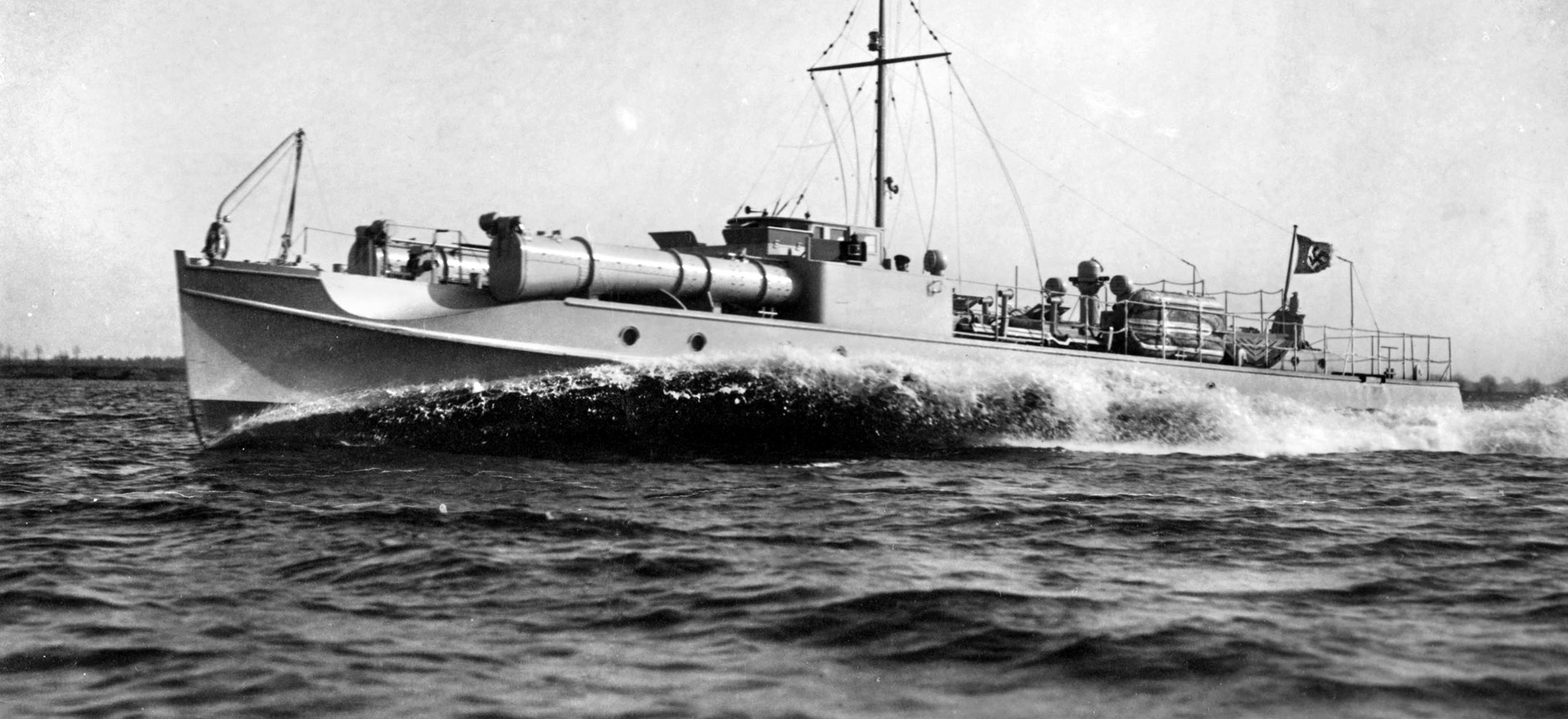
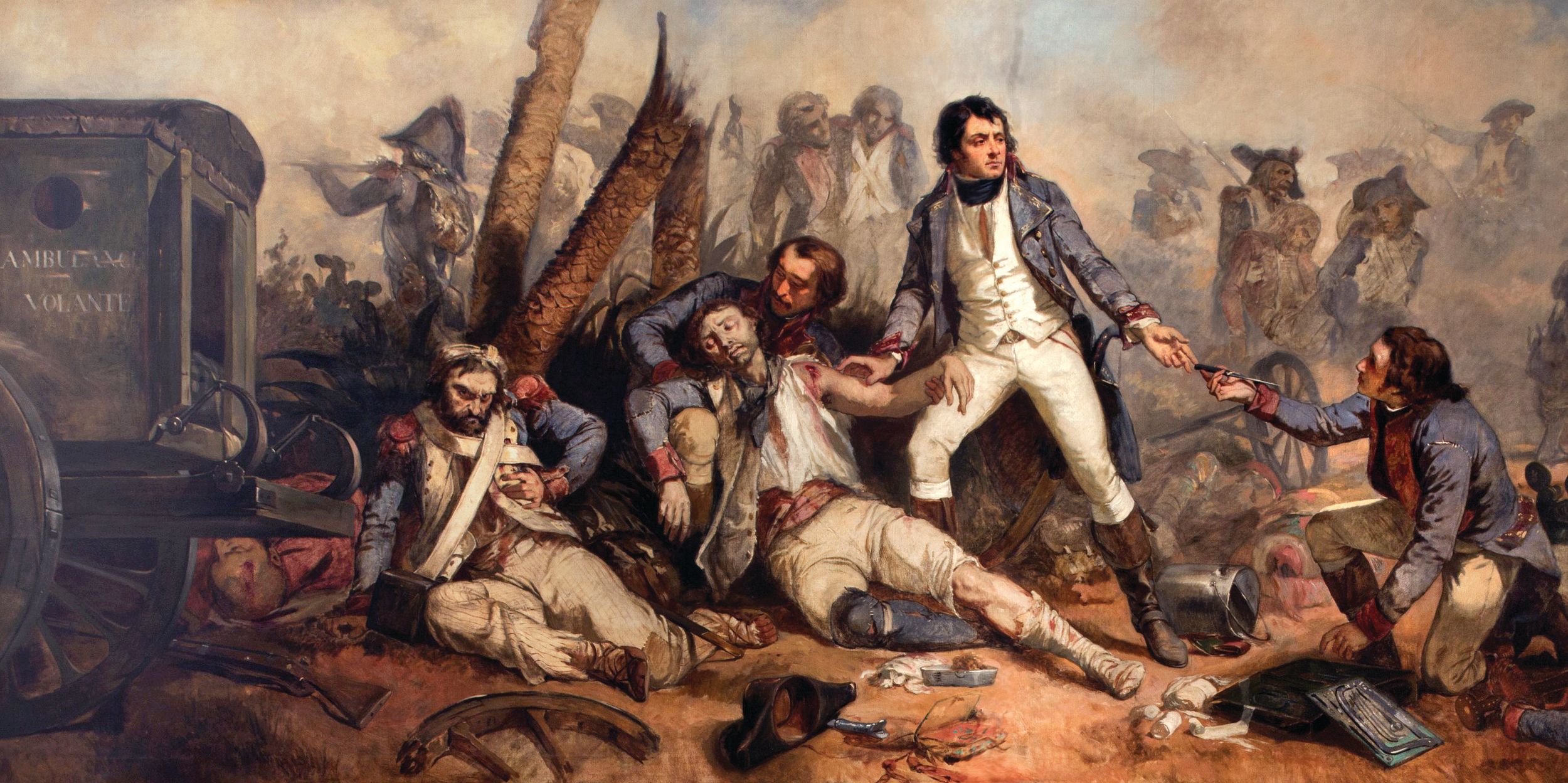
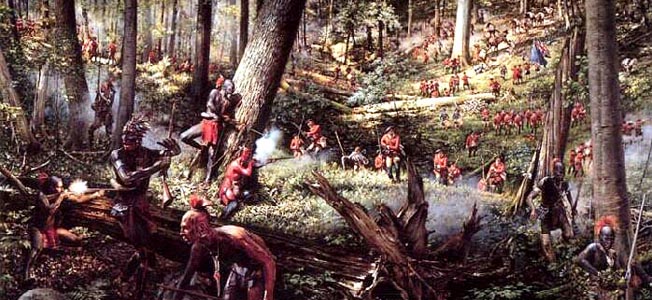
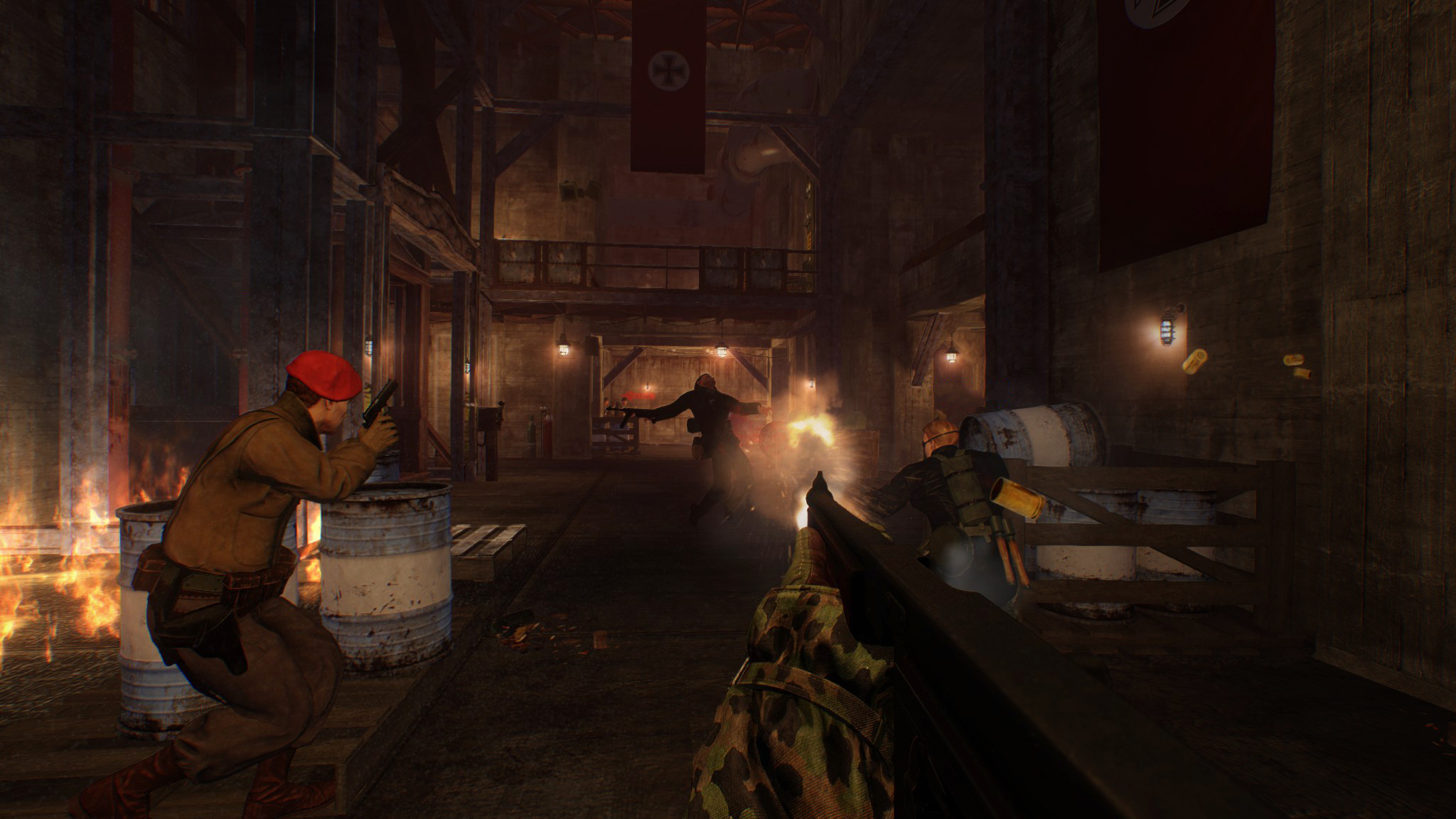
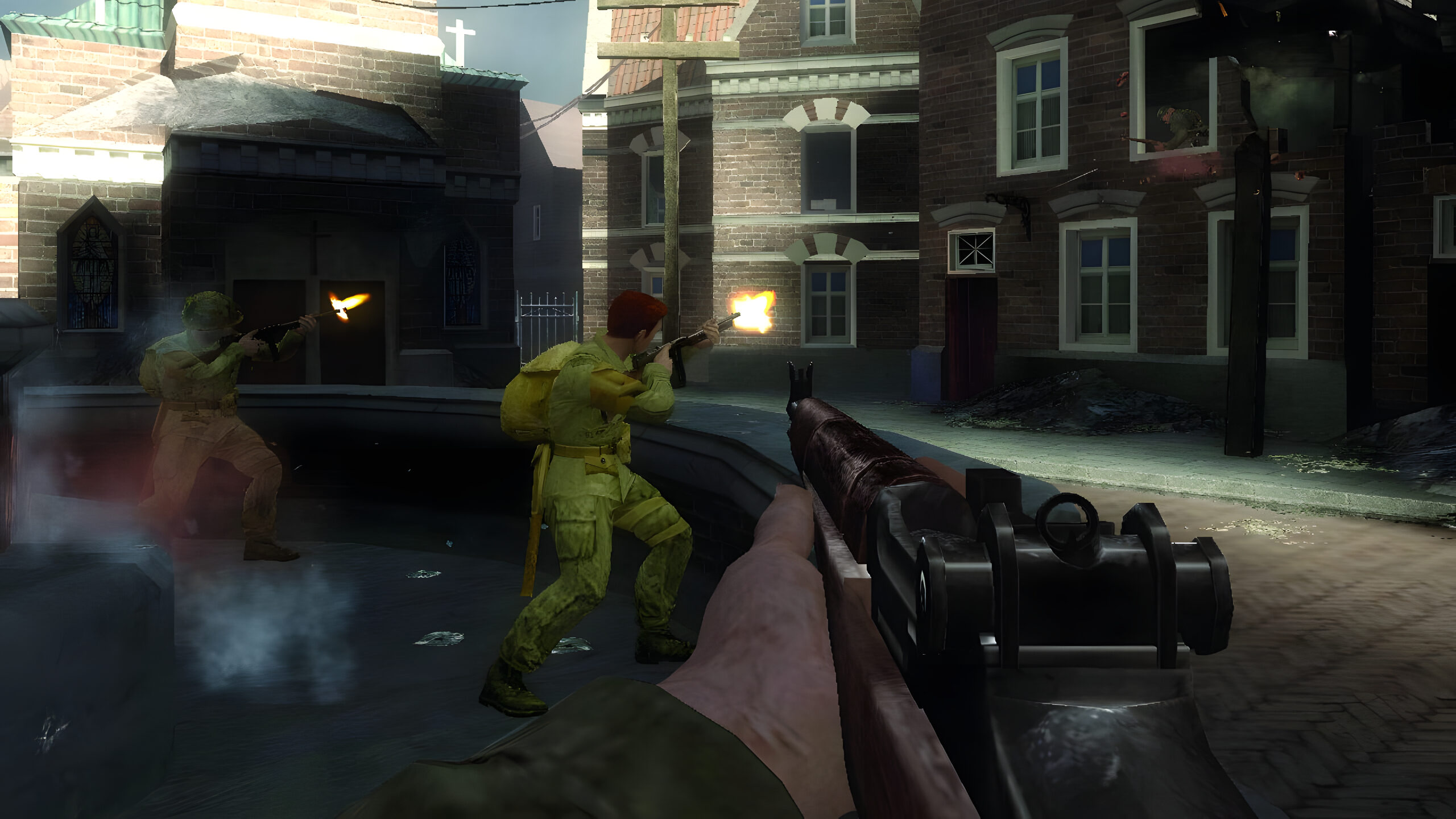
Join The Conversation
Comments